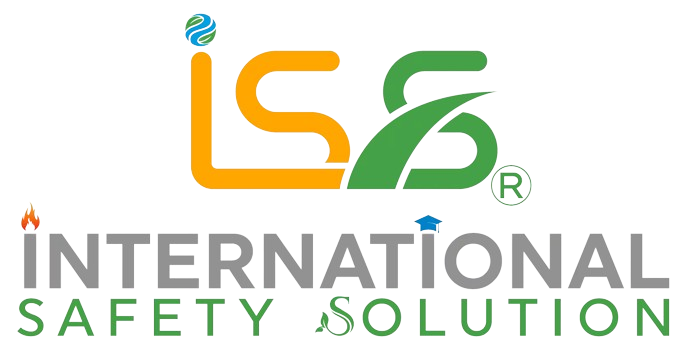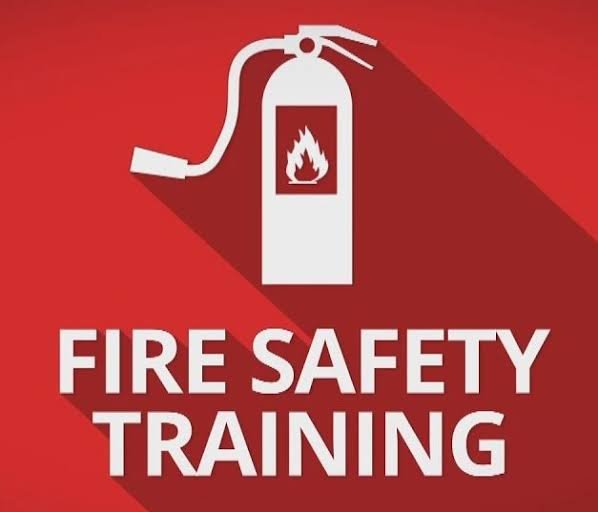Elements of CCTV Cameras
CCTV cameras consist of several essential elements that work together to capture and record video footage:
- Lens: The lens determines the field of view and the level of detail captured by the camera.
- Image Sensor: The image sensor converts light into electrical signals, enabling the camera to capture video.
- Processor: The processor processes the electrical signals from the image sensor and converts them into a digital video format.
- IR Cut Filter: The IR cut filter allows the camera to switch between day and night modes, enhancing image quality in different lighting conditions.
- Infrared LEDs: Infrared LEDs emit infrared light, enabling the camera to capture clear video footage in low-light or complete darkness.
- Housing: The housing protects the camera from environmental factors such as weather, dust, and vandalism.
- Power Supply: The power supply provides the necessary electrical power to operate the camera.
Difference between DVR and NVR
DVR (Digital Video Recorder) and NVR (Network Video Recorder) are two different types of recording devices used with CCTV camera systems:
- DVR: DVRs are analog-based recording devices that process and store video footage from analog cameras. They typically use coaxial cables for video transmission.
- NVR: NVRs are digital-based recording devices that process and store video footage from IP cameras. They use network cables for video transmission and offer more advanced features such as remote access and scalability.
Types of Cameras
There are several types of CCTV cameras available, each designed for specific purposes:
- Dome Cameras: Dome cameras are compact and discreet, making them suitable for indoor installations. They offer a wide field of view and are often used for general surveillance.
- Bullet Cameras: Bullet cameras are weatherproof and can be used both indoors and outdoors. They are typically used for long-range monitoring and have a more visible deterrent effect.
- PTZ Cameras: PTZ (Pan-Tilt-Zoom) cameras can be remotely controlled to pan, tilt, and zoom, allowing for flexible surveillance coverage. They are commonly used in large areas that require active monitoring.
- Wireless Cameras: Wireless cameras eliminate the need for cables, making installation easier. They are suitable for areas where running cables is challenging or not feasible.
- IP Cameras: IP cameras use the internet protocol to transmit video footage, allowing for remote access and flexible network integration. They offer high-resolution video and advanced features.
Functions of CCTV Cameras
Each type of CCTV camera serves different functions:
- Dome Cameras: Suitable for general surveillance, they blend well with the environment and are less noticeable.
- Bullet Cameras: Visible deterrent effect, ideal for long-range monitoring and outdoor use.
- PTZ Cameras: Flexible coverage with the ability to pan, tilt, and zoom, suitable for large areas and active monitoring.
- Wireless Cameras: Easy installation without the need for cables, suitable for areas where cable installation is challenging.
- IP Cameras: High-resolution video, remote access, and integration with network systems.
How to Configure DVR and NVR
Configuring a DVR or NVR involves the following steps:
- Connect the DVR or NVR to a monitor or TV using a VGA or HDMI cable.
- Connect the cameras to the DVR or NVR using coaxial cables (for DVR) or network cables (for NVR).
- Power on the DVR or NVR and the connected cameras.
- Access the DVR or NVR settings through the provided software or web interface.
- Configure the desired settings, such as recording schedule, motion detection, and remote access.
- Save the settings and start monitoring and recording.
Best Company Names of Cameras
There are several reputable companies that manufacture high-quality CCTV cameras:
- Hikvision
- Dahua
- Axis Communications
- Bosch Security Systems
- Panasonic
- Sony
- Samsung
- Lorex
- Uniview
These companies offer a wide range of camera options to suit various surveillance needs.
Remember, when selecting a CCTV camera system, it’s essential to consider your specific requirements and consult with a professional to ensure you choose the most suitable solution for your surveillance needs.




